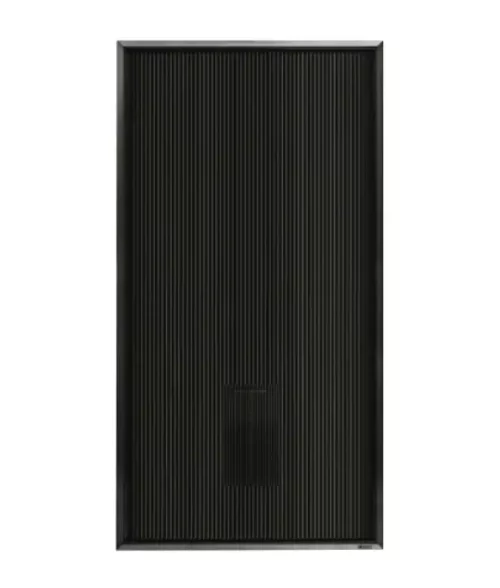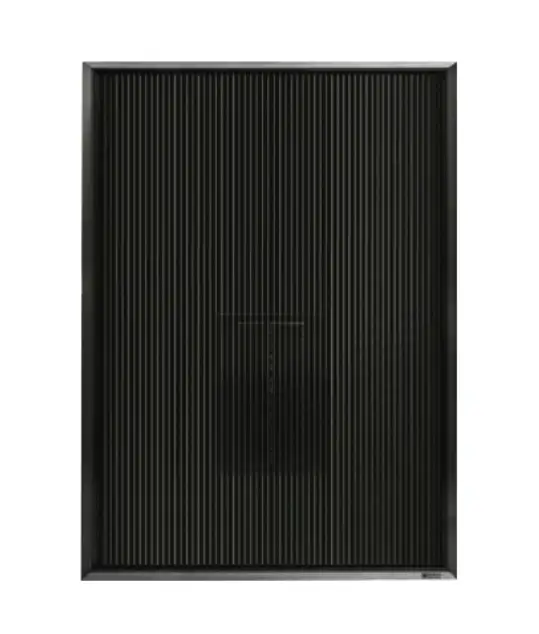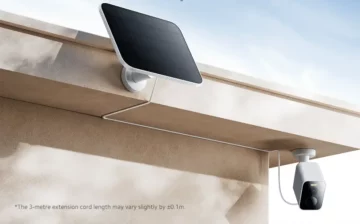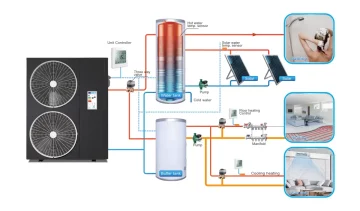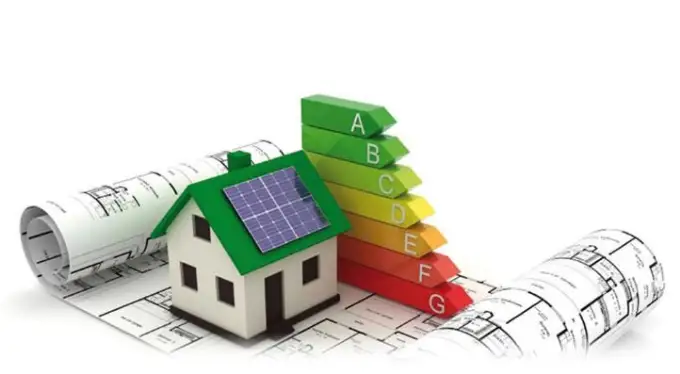Sauna ventilation: its purpose and features
Sauna – a room with 70 – 110 degrees and a humidity of 10-15%. Without ventilation in the sauna, it is difficult to breathe during thermal procedures. After cooling, the moisture does not evaporate, fungus and mold form on the walls, rotting of the skin begins, and an unpleasant smell arises in the steam room. If the sauna ventilation is not organized correctly, then hot air will not warm up the room or will accumulate, overheating the sauna. The ventilation system in the sauna performs two tasks: it gives an entrance to fresh air and at the same time an exit to the old one, dries the steam room after the end of bath procedures.
Sauna ventilation: norms
According to the norms, the frequency of air changes in the steam room is 6-8 cycles. Ventilation in the sauna:
- provides heating of the steam room, evenly distributes heat;
- renews the air mixture, provides an influx of oxygen;
- removes moisture and dries the room;
- extends the life of the building;
- prevents the appearance of fungus and mold.
Proper ventilation of the sauna provides humidity indicators of 10-15 percent, temperature from 70 degrees.
Types of sauna ventilation

There are several ways to get fresh air into the sauna:
- Natural ventilation of the sauna – air exchange occurs due to the pressure difference in the steam room and on the street.
- Mechanical (forced) ventilation. Supply and exhaust devices are used.
- The combined system consists of a fan, which creates a pressure difference, resulting in a change of air.
Natural ventilation in the sauna
Natural air exchange functions according to the convection method, arising from the difference in pressure and temperature in the sauna and outside.
There are three types of natural ventilation:
- Airing or volley method. This is a simple way – just open the door and the window for 1-2 minutes. The purpose of this method is to ventilate the room, but not to chill it.
- Ventilation with the removal of exhaust air through the chimney. The exhaust air leaves through the chimney of the stove; for this, when installing the doors to the sauna, a gap of 2 cm is left under them.
- Change of air through the vents.
The method of natural removal of exhaust air has disadvantages:
- the strength of air exchange depends on the difference in air temperature in the street and in the steam room;
- drafts;
- ventilation cannot be controlled.
Forced ventilation
Supply and exhaust ventilation – a combination of artificial air flow and exhaust. May have additional devices: filters, noise suppressors. Forced ventilation of the sauna is created by electrical and solar systems.
Electric sauna ventilation systems are effective, but they constantly have to pay bills to energy sales companies. Such systems are not safe: in the event of a voltage drop, the fans turn off, and a short circuit leads to ventilation failure or a fire.
Solar Sauna Ventilation System: Affordable and Affordable
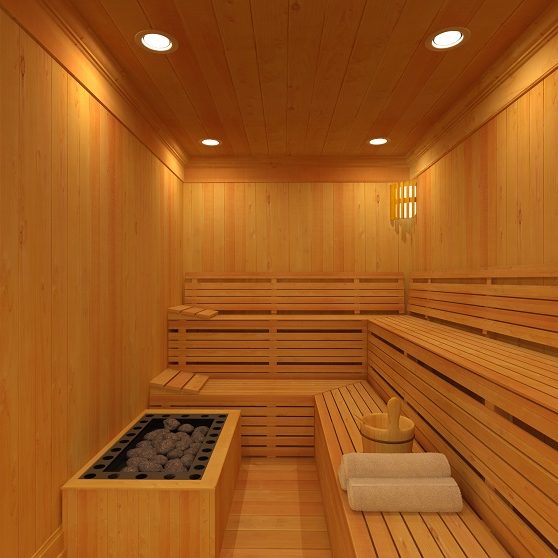
Ventilation systems based on solar energy are used in Europe, Canada, Russia.
Solar ventilation is a ready-made installation, its purpose is to eliminate excess moisture and odors, to provide fresh air. The system is autonomous and inexpensive. Electricity is not needed.
Advantages of ventilation in the sauna with the help of solar energy:
- purchase and installation costs, not bills;
- installation within two hours;
- stability – will not break due to a voltage drop or short circuit;
- work in winter, summer, autumn and spring throughout Russia.
Sauna ventilation with a solar collector is a choice in favor of economy and safety.

